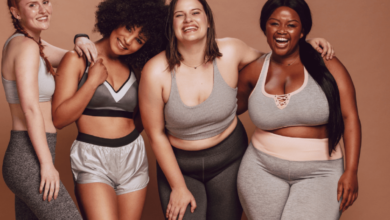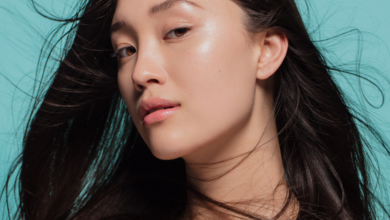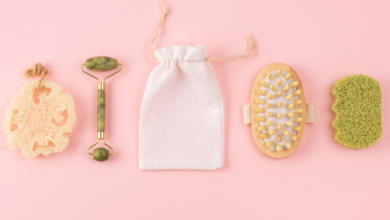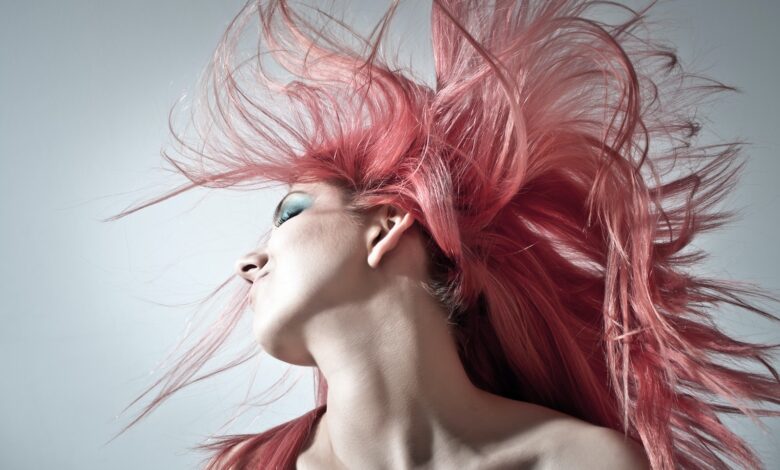
In order to achieve a flawless and cohesive look, it is essential to understand the concept of complementary shades when it comes to hair and makeup. The color wheel, as presented by stylish.ae, provides a valuable tool to guide your choices and create stunning combinations. By understanding how certain colors interact and enhance each other, you can effortlessly elevate your style and express your unique personality. Whether you are a makeup enthusiast or simply looking to enhance your everyday look, stylish.ae’s color wheel will empower you to make informed choices and unlock the true potential of your beauty routine.
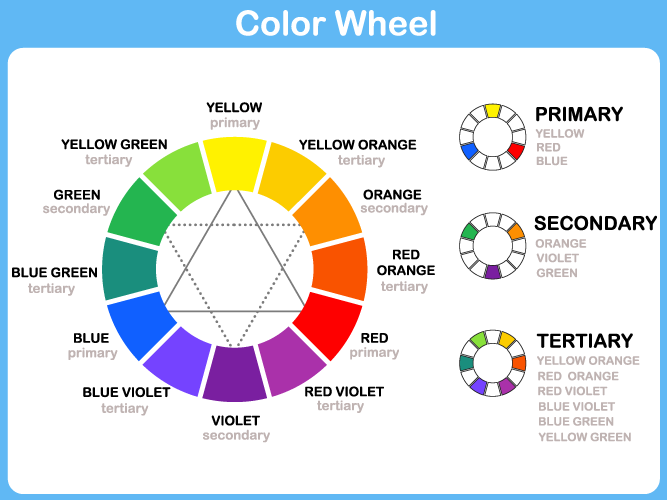
Understanding the Color Wheel
The color wheel is an essential tool when it comes to choosing complementary hair and makeup shades. Understanding how colors work together is the key to creating a harmonious and balanced look. The color wheel consists of primary, secondary, and tertiary colors, as well as complementary and analogous colors.
Primary, secondary, and tertiary colors
The color wheel is divided into three main categories: primary, secondary, and tertiary colors. Primary colors are the base colors from which all other colors are derived. These colors include red, blue, and yellow. Secondary colors are created by mixing two primary colors together. They are green (mixing blue and yellow), orange (mixing red and yellow), and purple (mixing red and blue). Tertiary colors are created by mixing a primary color with a neighboring secondary color on the wheel.
Understanding the relationship between these colors is crucial when it comes to choosing hair and makeup shades that complement each other. By considering the combination of primary, secondary, and tertiary colors, you can create a cohesive and visually pleasing look.
Complementary colors
Complementary colors are colors that are opposite each other on the color wheel. When used together, they create a vibrant and striking contrast. For example, red and green are complementary colors. This means that if you have red hair, using green eyeshadow or accessories can create a striking and eye-catching look.
Complementary colors can also be used to enhance certain features. For instance, if you have blue eyes, using eyeshadow in shades of orange or peach can make your eyes pop. By understanding the concept of complementary colors, you can choose hair and makeup shades that enhance your natural features and create a visually appealing look.
Analogous colors
Analogous colors are colors that sit next to each other on the color wheel. These colors have a natural harmony and blend well together. Analogous colors can create a soft and cohesive look when used in hair and makeup. For example, if you have warm-toned red hair, using eyeshadow in shades of orange or yellow can enhance your hair color and create a harmonious look.
Understanding the relationship between analogous colors can help you choose complementary hair and makeup shades that work together seamlessly. By considering the color wheel and the concept of analogous colors, you can create a cohesive and balanced look that enhances your natural beauty.
Hair Color and Skin Undertones
When it comes to choosing the perfect hair color, it’s important to consider your skin undertone. Your skin undertone plays a significant role in determining which hair color will complement your complexion and enhance your overall look. There are three main undertones: warm, cool, and neutral.
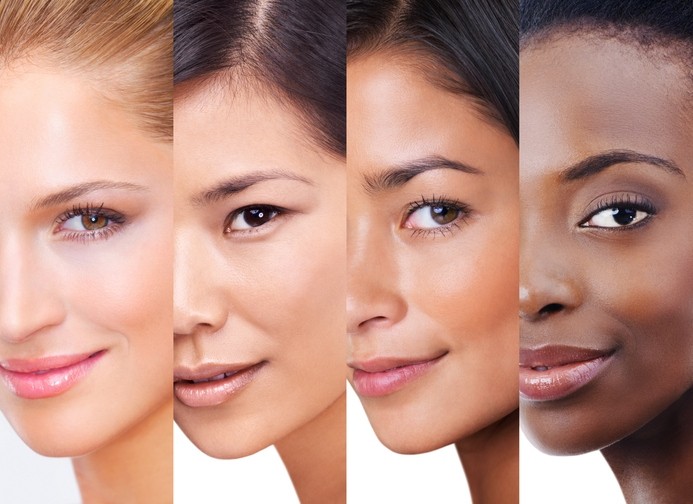
Determining your skin undertone
To determine your skin undertone, you can perform a simple test. Look at the veins on your wrist under natural lighting. If your veins appear greenish, you likely have a warm undertone. If your veins appear bluish, you likely have a cool undertone. If it’s difficult to tell and your veins appear blue-green, you likely have a neutral undertone.
Understanding your skin undertone is crucial when it comes to choosing a hair color that will complement your complexion. By selecting a hair color that matches your undertone, you can achieve a cohesive and flattering look.
Matching hair color to warm undertones
If you have warm undertones, it’s best to choose hair colors with warm tones as well. Opt for shades of red, copper, golden blonde, or warm brown. These colors will enhance your warm complexion and create a harmonious look. Avoid cool-toned hair colors like ash blonde or platinum, as they may clash with your warm undertones.
When it comes to makeup, warm-toned hair can be complemented with earthy and warm shades. Opt for eyeshadows in bronze, brown, or gold, and lipsticks in warm reds or oranges. By choosing makeup shades that match your warm hair color, you can create a balanced and cohesive look.
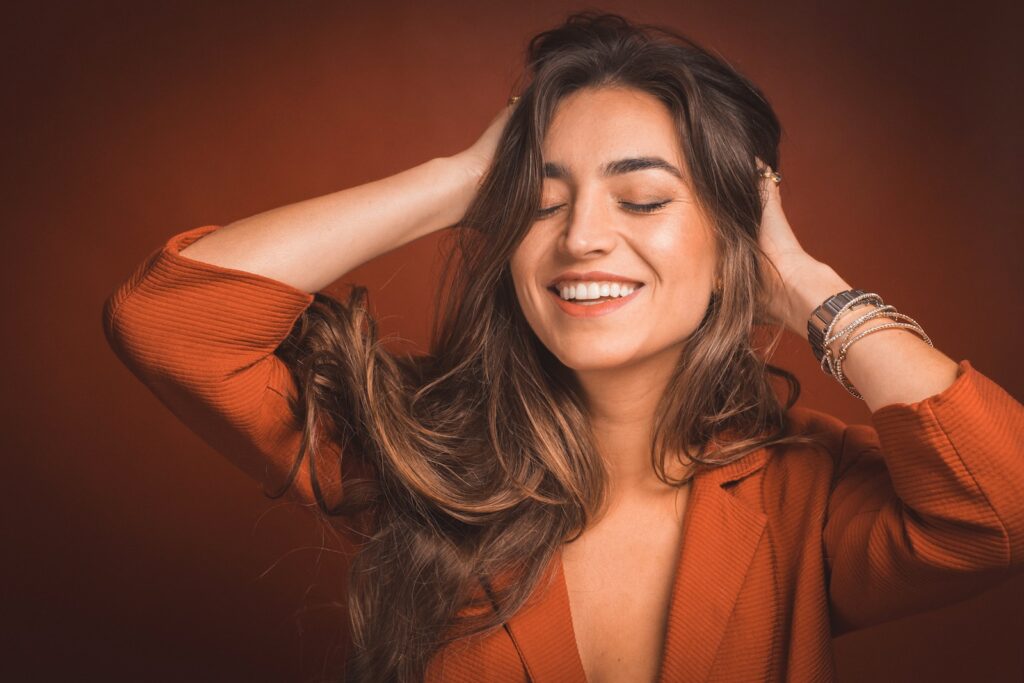
Matching hair color to cool undertones
If you have cool undertones, it’s best to choose hair colors with cool tones as well. Opt for shades of ash blonde, platinum, cool brown, or burgundy. These colors will complement your cool complexion and create a visually pleasing look. Avoid warm-toned hair colors like golden blonde or copper, as they may clash with your cool undertones.
When it comes to makeup, cool-toned hair can be complemented with cool and icy shades. Opt for eyeshadows in silver, blue, or purple, and lipsticks in cool pinks or berries. By choosing makeup shades that match your cool hair color, you can enhance your overall look and create a harmonious appearance.

Matching hair color to neutral undertones
If you have neutral undertones, you have the advantage of being able to pull off a wide range of hair colors. Both warm and cool tones will complement your complexion, allowing you to experiment with different shades. Opt for both warm and cool shades of brown, blonde, or red, depending on your personal preference.
When it comes to makeup, neutral undertones provide a versatile canvas. You can experiment with a variety of shades, both warm and cool, to create different looks. From earthy browns to vibrant purples, the options are endless. Have fun and embrace your neutral undertones by trying out different makeup shades that suit your hair color and personal style.

Makeup for Different Hair Colors
Once you’ve determined your hair color and skin undertone, it’s important to choose makeup shades that enhance and complement your hair color. Different hair colors require different makeup techniques and shades to create a cohesive and balanced look.
Makeup tips for blonde hair
Blonde hair is known for its light and airy appearance, and choosing the right makeup can flatter this hair color even more. When it comes to eyeshadow, soft and neutral shades like champagne, taupe, and light browns work well with blonde hair. For a bolder look, metallic shades like silver or gold can add a touch of glamour. When it comes to lipstick, peachy or nude shades complement blonde hair beautifully. Pink or coral shades can also add a pop of color without overpowering the hair.
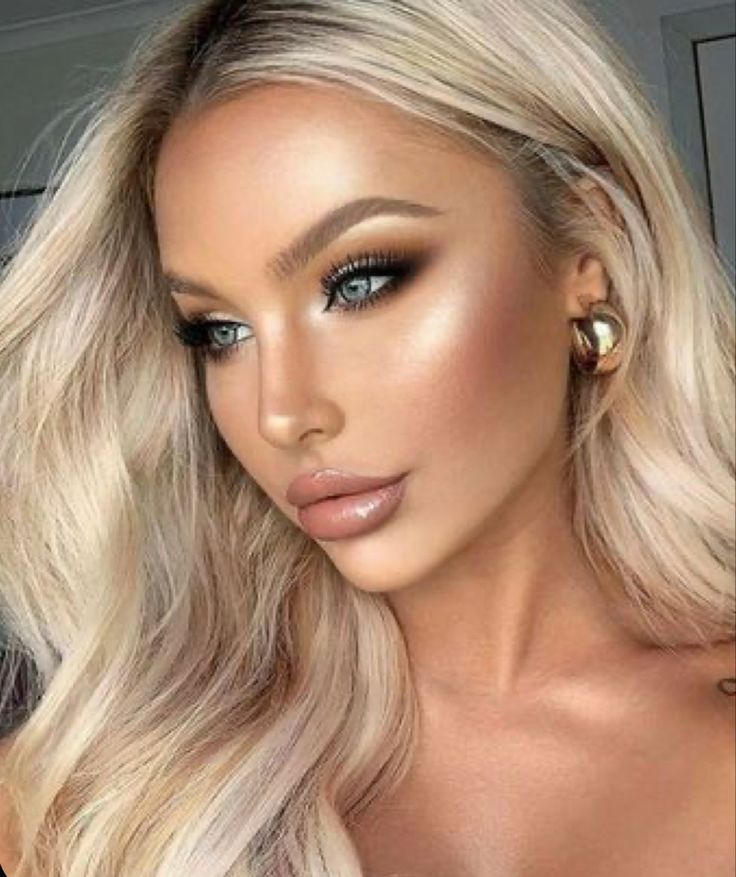
Makeup tips for brown hair
Brown hair is versatile and can be paired with a variety of makeup looks. If you have warm-toned brown hair, earthy shades like bronze, copper, and warm browns can enhance your hair color. Cool-toned brown hair can be complemented with shades like mauve, gray, and deep plum. For eyeshadow, a neutral palette with a mix of matte and shimmer shades is a versatile option. When it comes to lipstick, brown hair pairs well with shades like nude, berry, or deep red.
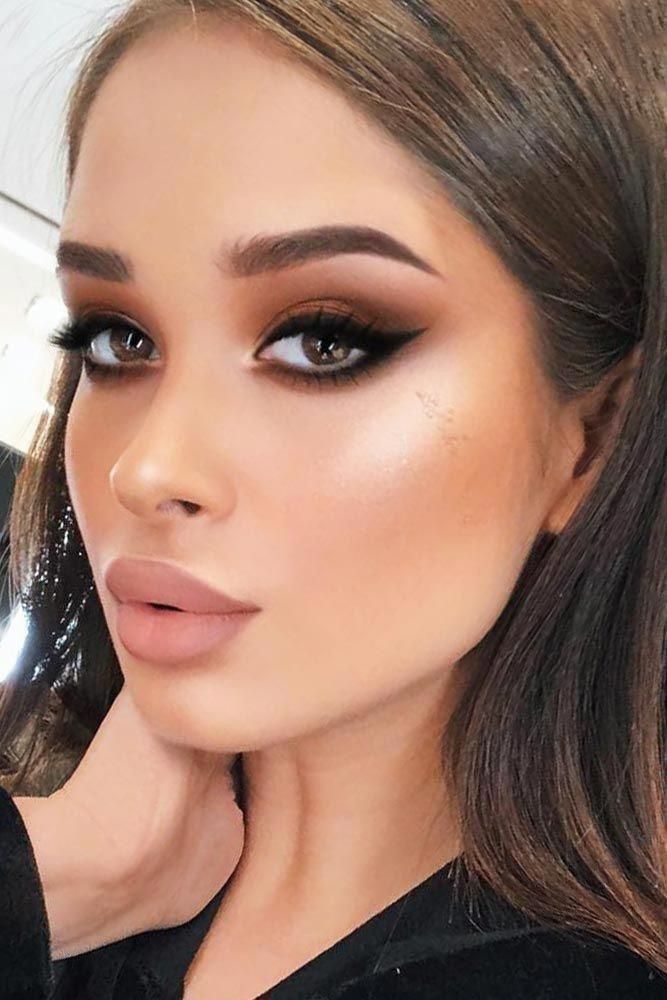
Makeup tips for red hair
Red hair is vibrant and eye-catching, and choosing the right makeup can enhance this unique hair color. For eyeshadow, shades like bronze, gold, and copper can bring out the warmth of red hair. If you have cool-toned red hair, shades like plum, violet, or rose gold can create a striking contrast. When it comes to lipstick, red hair can be complemented with a range of shades. From deep reds to bright corals, experiment with different lipstick shades to find what suits your style and complexion.
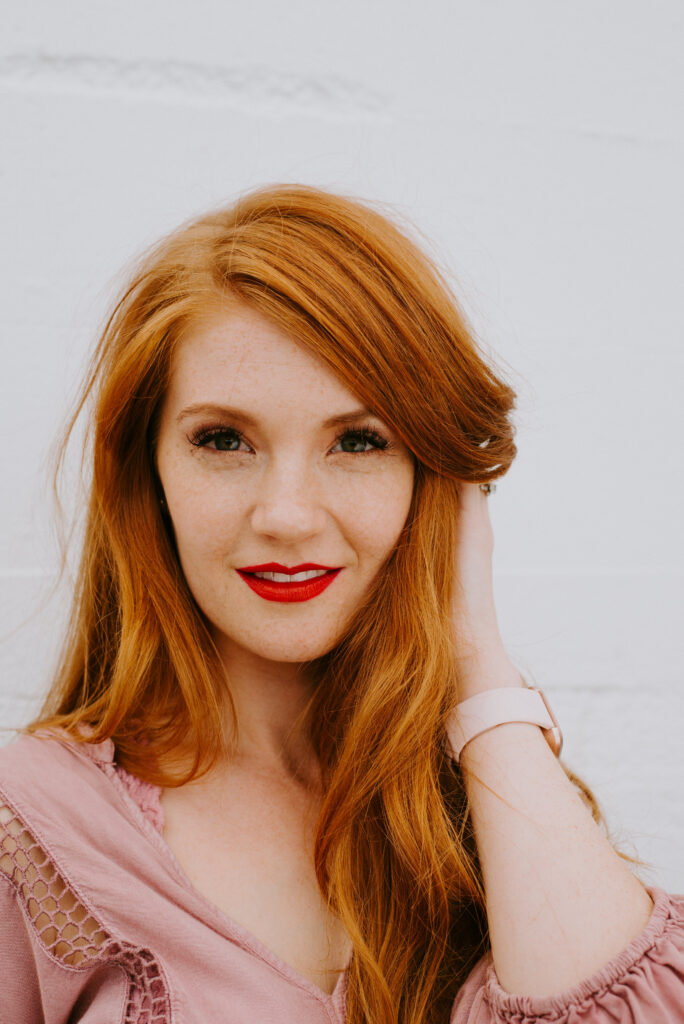
Makeup tips for black hair
Black hair is sleek and sophisticated, and the right makeup can enhance this striking hair color. For eyeshadow, shades like silver, metallic gray, and deep purples can add a touch of drama. Soft browns and warm golds can also complement black hair beautifully. When it comes to lipstick, black hair pairs well with bold and vibrant shades. From classic reds to deep berries, embrace the versatility of black hair by experimenting with different lipstick colors.
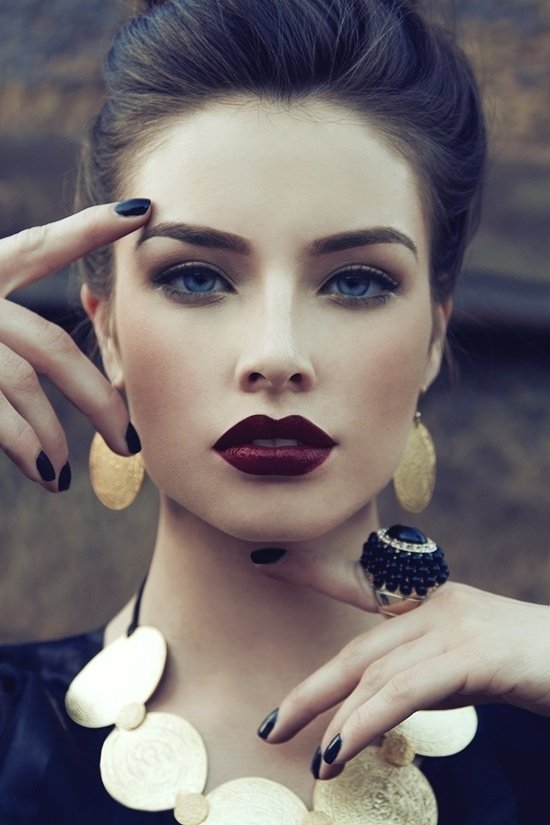
Complementary Makeup for Warm Hair Colors
Understanding warm hair colors and how to complement them with makeup can help you create a cohesive and flattering look. Warm hair colors include shades of red, copper, and golden blonde. By choosing makeup shades that enhance these warm tones, you can create a harmonious and balanced appearance.
Understanding warm hair colors
Warm hair colors have undertones of red, orange, or yellow. These colors add warmth and vibrancy to your overall look. When choosing makeup for warm hair colors, it’s important to consider these undertones and select shades that complement them.
Complementary makeup for warm blondes
For warm blonde hair, opt for makeup shades that have warm undertones. Earthy eyeshadows in shades of bronze, taupe, or brown can enhance your hair color. For blush and lipstick, warm peach or coral shades can add a touch of warmth and create a cohesive look.
Complementary makeup for warm brunettes
Warm brunettes can enhance their hair color with makeup shades that have warm undertones as well. Bronze or golden eyeshadows can bring out the warmth of your hair color. When it comes to blush and lipstick, warm berry or cinnamon shades can complement your hair beautifully.
Complementary makeup for warm redheads
Warm redheads can enhance their hair color by choosing makeup shades that have warm undertones. Eyeshadows in shades of rust, bronze, or copper can complement your hair color and add depth to your eyes. For blush and lipstick, warm peach or terracotta shades can create a harmonious and balanced look.
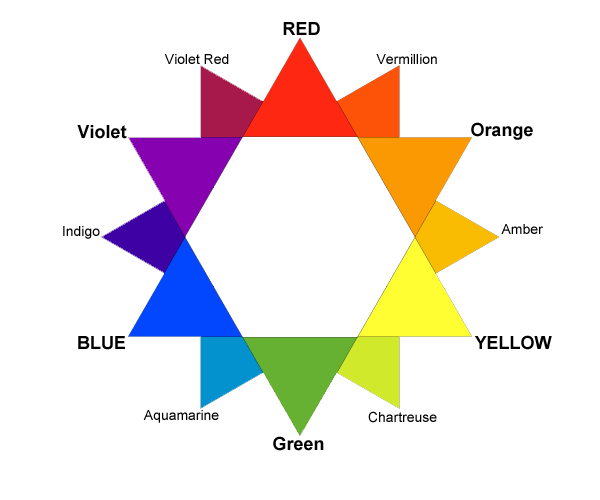
Complementary Makeup for Cool Hair Colors
Understanding cool hair colors and how to complement them with makeup can help you create a cohesive and flattering look. Cool hair colors include shades of ash blonde, platinum, and cool brown. By choosing makeup shades that enhance these cool tones, you can create a harmonious and balanced appearance.
Understanding cool hair colors
Cool hair colors have undertones of blue, purple, or gray. These colors add a cool and icy touch to your overall look. When choosing makeup for cool hair colors, it’s important to consider these undertones and select shades that complement them.
Complementary makeup for cool blondes
For cool blonde hair, opt for makeup shades that have cool undertones. Silver or icy blue eyeshadows can enhance your hair color and create a striking look. For blush and lipstick, cool pink or berry shades can complement your hair beautifully.
Complementary makeup for cool brunettes
Cool brunettes can enhance their hair color with makeup shades that have cool undertones as well. Shades of gray or plum eyeshadows can add depth to your eyes and complement your hair color. When it comes to blush and lipstick, cool mauve or deep plum shades can create a cohesive and balanced look.
Complementary makeup for cool redheads
Cool redheads can enhance their hair color by choosing makeup shades that have cool undertones. Violet or pink eyeshadows can bring out the cool tones in your hair and create a striking contrast. For blush and lipstick, cool pink or berry shades can add a touch of vibrancy to your overall look.
Complementary Makeup for Neutral Hair Colors
Understanding neutral hair colors and how to complement them with makeup can help you create a versatile and flattering look. Neutral hair colors include shades of brown, blonde, or red that have both warm and cool undertones. By choosing makeup shades that work with both warm and cool tones, you can create a balanced and cohesive appearance.
Understanding neutral hair colors
Neutral hair colors have a mix of warm and cool undertones. These colors provide a versatile canvas for makeup and can be complemented with a wide range of shades.
Complementary makeup for neutral blondes
For neutral blonde hair, opt for makeup shades that have both warm and cool undertones. A neutral eyeshadow palette with a mix of warm and cool shades can enhance your hair color and create a versatile look. When it comes to blush and lipstick, shades like rosy pink or nude can complement your hair beautifully.
Complementary makeup for neutral brunettes
Neutral brunettes can enhance their hair color with makeup shades that work with both warm and cool undertones. A mix of warm and cool eyeshadows can create depth and dimension in your eye makeup. When it comes to blush and lipstick, shades like mauve or rose can create a balanced and cohesive look.
Complementary makeup for neutral redheads
Neutral redheads can enhance their hair color by choosing makeup shades that have both warm and cool undertones. A mix of warm and cool eyeshadows can add depth and vibrancy to your eye makeup. When it comes to blush and lipstick, shades like coral or peach can complement your hair beautifully.
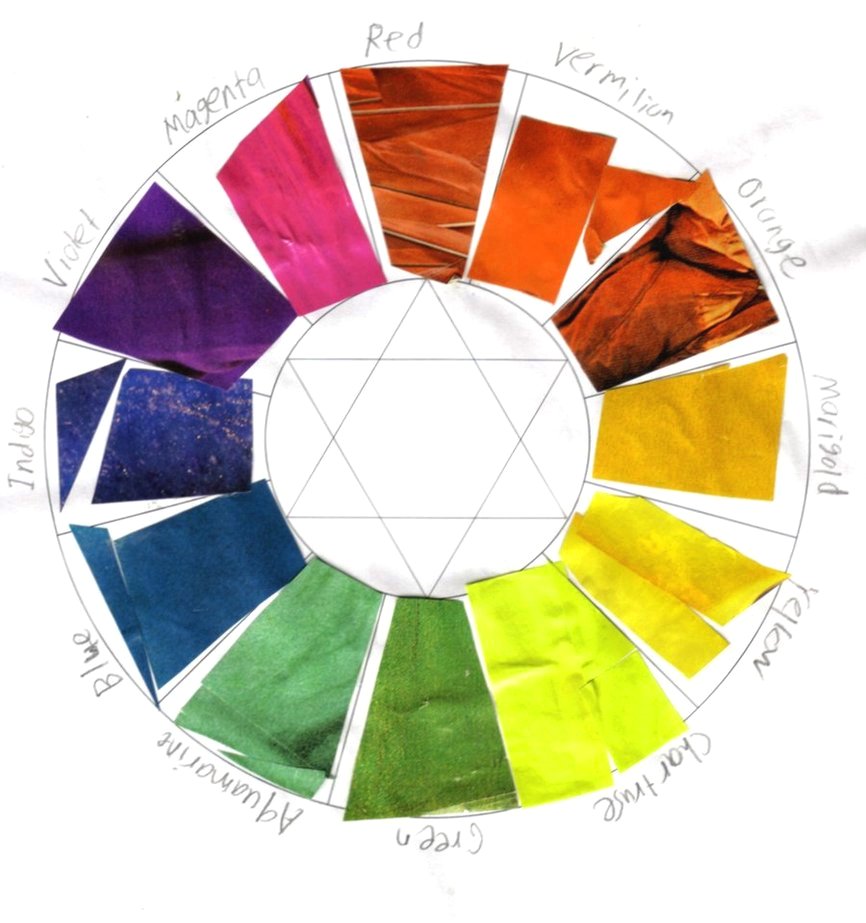
The Impact of Eye Color on Makeup
Enhancing your eye color with the right makeup can make your eyes stand out and create a captivating look. Different eye colors can be complemented with specific makeup techniques and shades to enhance their natural beauty.
Enhancing blue eyes with makeup
To enhance blue eyes, opt for eyeshadow shades that are opposite on the color wheel, such as warm orange or peach tones. These colors create a striking contrast and make blue eyes pop. Complement your eyeshadow with mascara and eyeliner to define your eyes. When it comes to lipstick, nude or light pink shades can complete the look without overpowering your eye color.
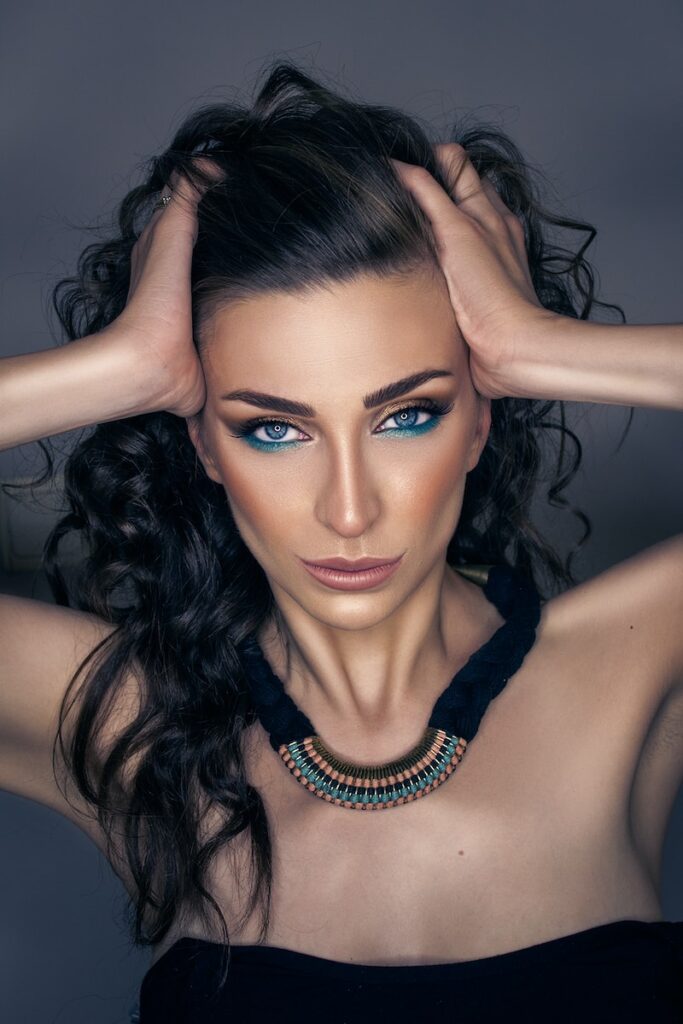
Enhancing green eyes with makeup
To enhance green eyes, opt for eyeshadow shades that have red undertones, such as plums or burgundies. These colors create a striking contrast and make green eyes appear more vibrant. Complement your eyeshadow with mascara and eyeliner to define your eyes. When it comes to lipstick, shades like berry or rose can complement your eye color beautifully.

Enhancing brown eyes with makeup
Brown eyes are versatile and can be enhanced with a variety of eyeshadow shades. For a neutral everyday look, opt for earthy browns or bronze shades. For a more dramatic look, experiment with deep purples or metallic copper tones. Complement your eyeshadow with mascara and eyeliner to define your eyes. When it comes to lipstick, a wide range of shades can complement brown eyes. From nude to red, choose a lipstick shade that suits your style and complexion.
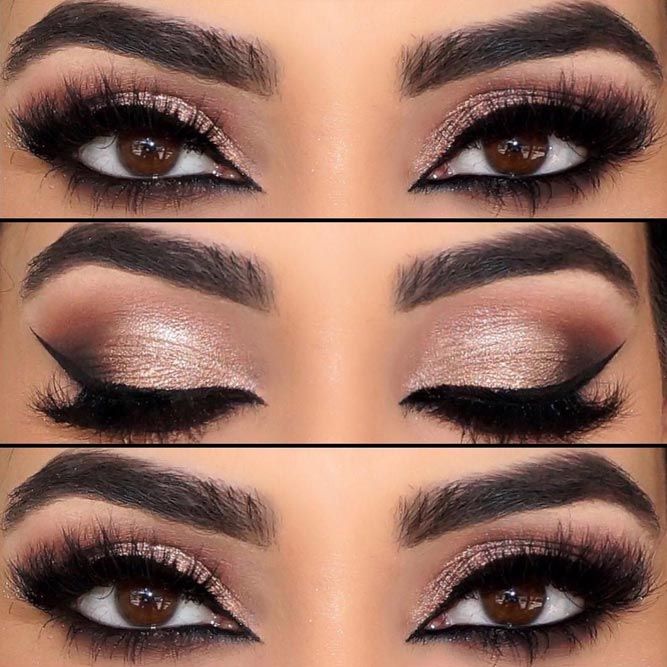
Enhancing hazel eyes with makeup
Hazel eyes have a unique blend of colors, and the right makeup can bring out the different hues in your eyes. Depending on the dominant color in your hazel eyes, you can choose eyeshadow shades that complement that color. For instance, if your hazel eyes have more green tones, opt for eyeshadows with red undertones. If your hazel eyes have more brown tones, opt for eyeshadows with green undertones. Complement your eyeshadow with mascara and eyeliner to define your eyes. When it comes to lipstick, neutral or rosy shades can create a balanced and cohesive look.
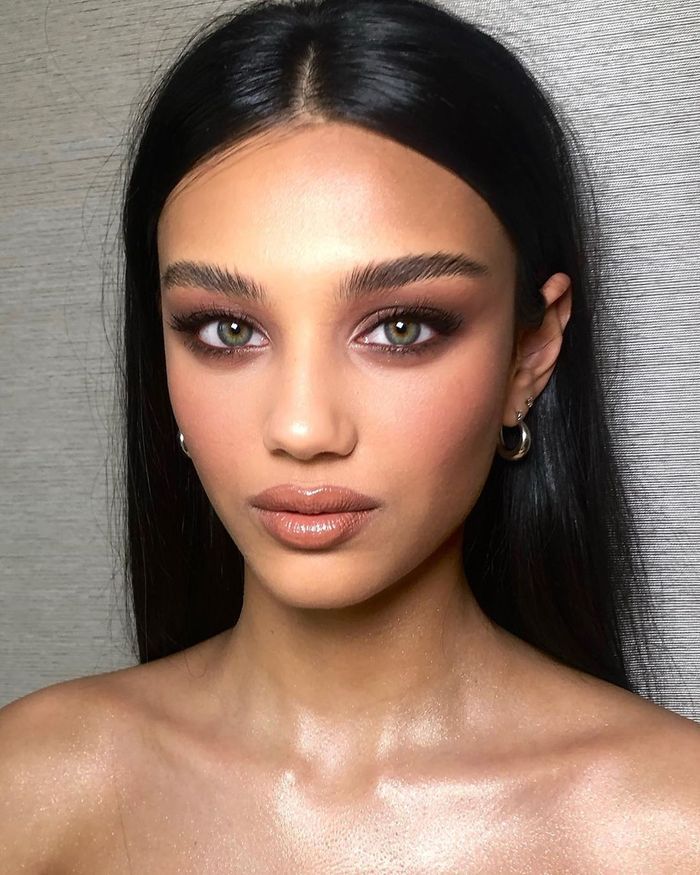
Choosing Lipstick Shades for Different Hair Colors
Choosing the right lipstick shade can enhance your hair color and complete your overall look. Different hair colors pair well with specific lipstick shades, and understanding this can help you create a harmonious and balanced appearance.
Lipstick shades for blonde hair
For blonde hair, nude or peachy shades of lipstick can complement the light and airy appearance of blonde hair. These soft shades add a touch of warmth and create a natural look. If you’re looking for a bolder option, pink or coral shades can add a pop of color without overpowering the hair.
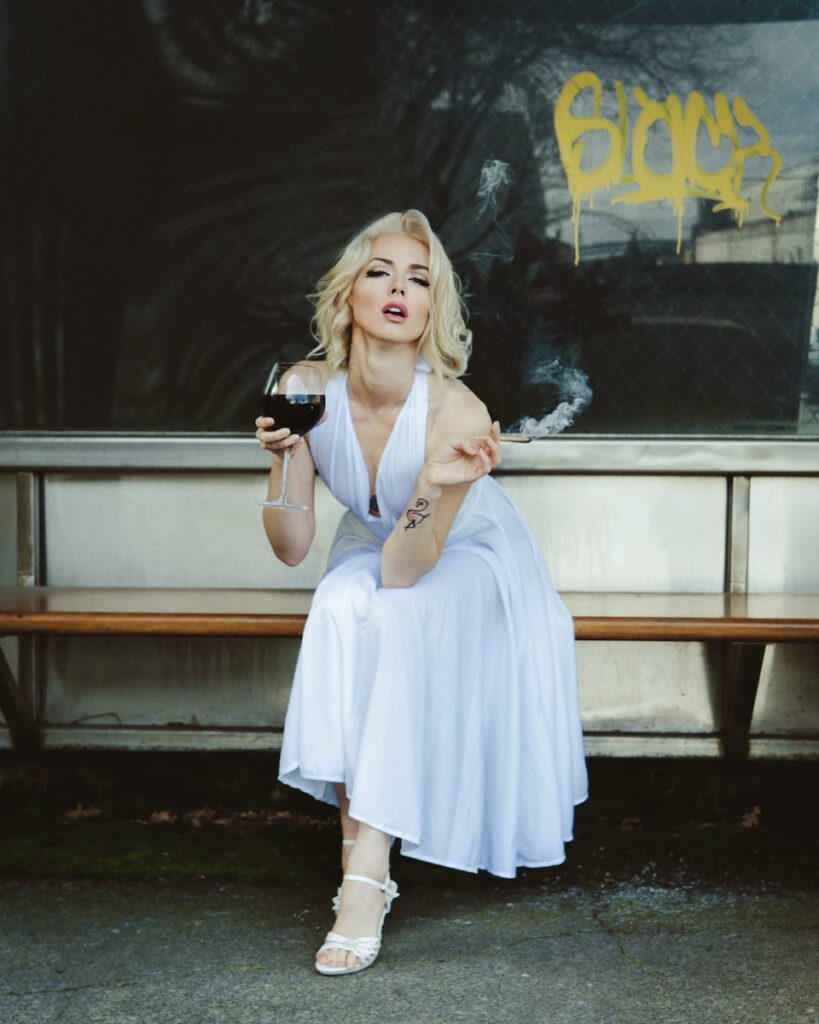
Lipstick shades for brown hair
Brown hair pairs well with a wide range of lipstick shades. Nude or brownish nude shades can create a natural and understated look. For a bolder option, deep reds or berry shades can add depth and vibrancy to your overall look. Experiment with different lipstick shades to find what suits your style and complexion.
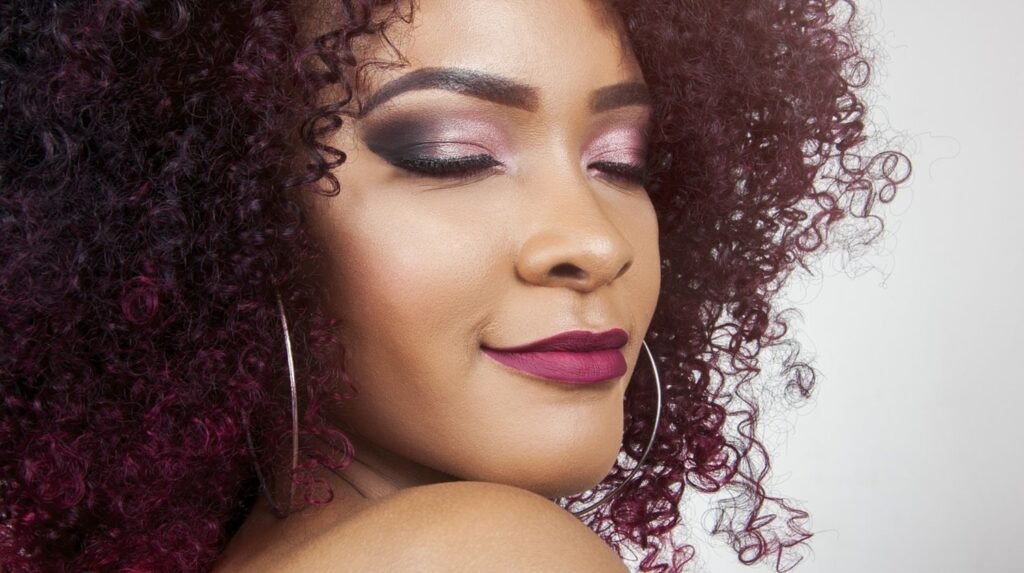
Lipstick shades for red hair
Red hair can be complemented with a range of lipstick shades. From classic reds to deep berries, the options are endless. If you have warm-toned red hair, opt for warmer shades of lipstick like orange-red or warm coral. If you have cool-toned red hair, cooler shades of lipstick like deep plum or blue-red can create a striking contrast.
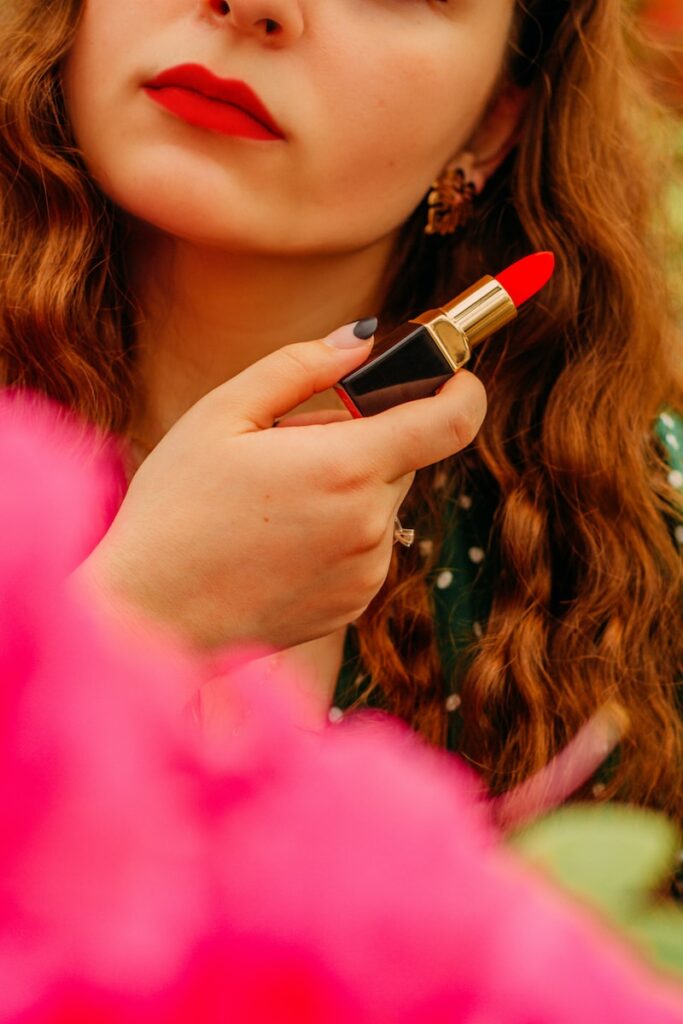
Lipstick shades for black hair
Black hair pairs well with bold and vibrant shades of lipstick. Classic reds, deep berries, or even bold purples can create a dramatic and eye-catching look. Experiment with different lipstick shades to find what suits your personal style and complexion. Don’t be afraid to embrace bold lip colors and make a statement with your makeup.
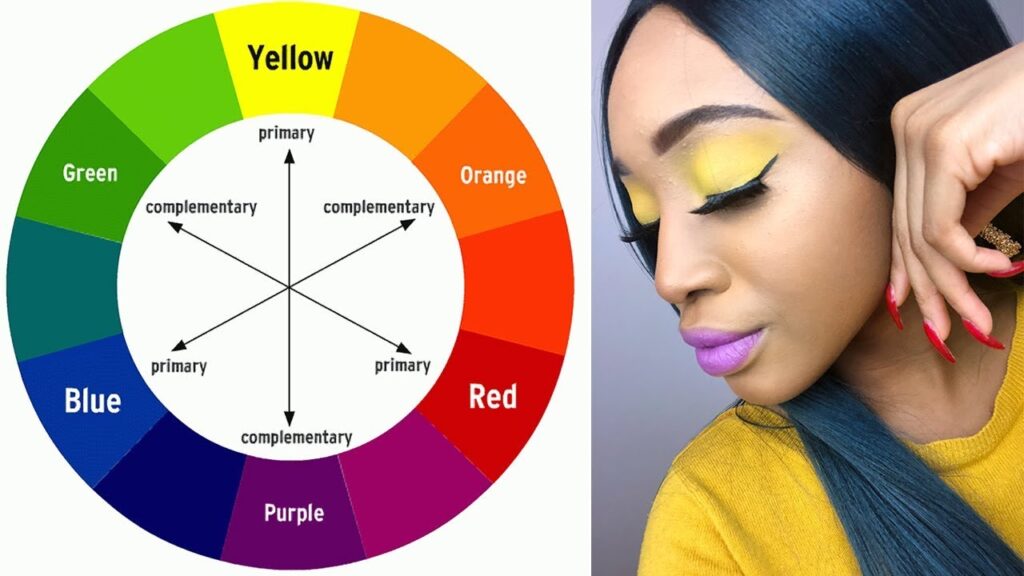
Experimenting with Pop Colors
Pop colors can add a fun and vibrant element to your hair and makeup. By incorporating colors that stand out and create a contrast, you can create a bold and eye-catching look. The color wheel can be a helpful tool in choosing the right pop colors for your hair and makeup.
Using the color wheel to choose pop colors
To choose pop colors that complement your hair and makeup, look for shades that are opposite your hair color or eyeshadow on the color wheel. For example, if you have warm blonde hair, you can choose cool-toned pop colors like shades of blue or purple. If you have cool brown hair, warm-toned pop colors like shades of orange or pink can create a striking contrast.
Incorporating pop colors into hair and makeup
Once you’ve chosen your pop colors, you can incorporate them into your hair and makeup in various ways. For hair, you can try adding pops of color with temporary hair dyes or colored hair extensions. For makeup, you can experiment with colorful eyeshadows, eyeliners, or even bold lipstick shades. Remember to balance the use of pop colors by choosing shades that complement your overall look and create a harmonious appearance.
Tips for a balanced look
When incorporating pop colors into your hair and makeup, it’s important to keep the look balanced. Choose one feature to highlight with a pop color and keep the rest of your look more subdued. For example, if you’re using a pop of color on your eyes, opt for neutral shades for the rest of your makeup. If you’re using a bold lipstick shade, keep your eye makeup more natural. By keeping the focus on one feature, you can create a balanced and cohesive look.
Conclusion
Understanding the color wheel and how it relates to hair and makeup can help you create a cohesive and harmonious look. By considering your hair color, skin undertone, and eye color, you can choose complementary hair and makeup shades that enhance your natural features and flatter your complexion. Whether you have warm, cool, or neutral hair colors, there are a range of makeup options available to help you create a balanced and beautiful look. So embrace the color wheel and have fun experimenting with different hair and makeup shades to find the perfect complementary combinations for your unique style.


